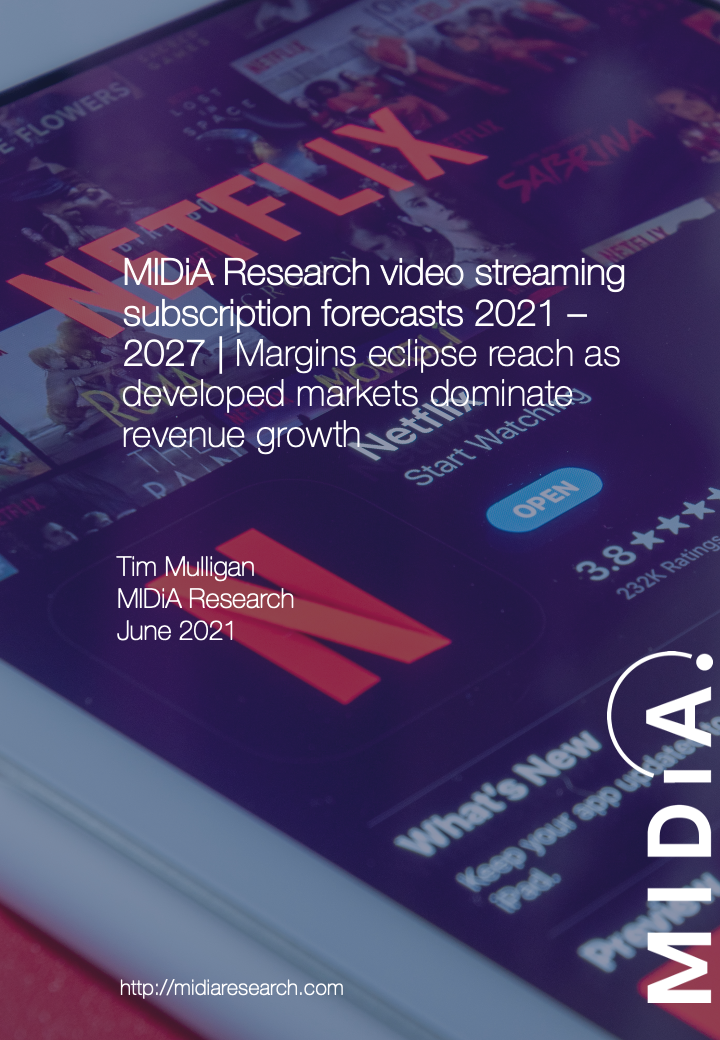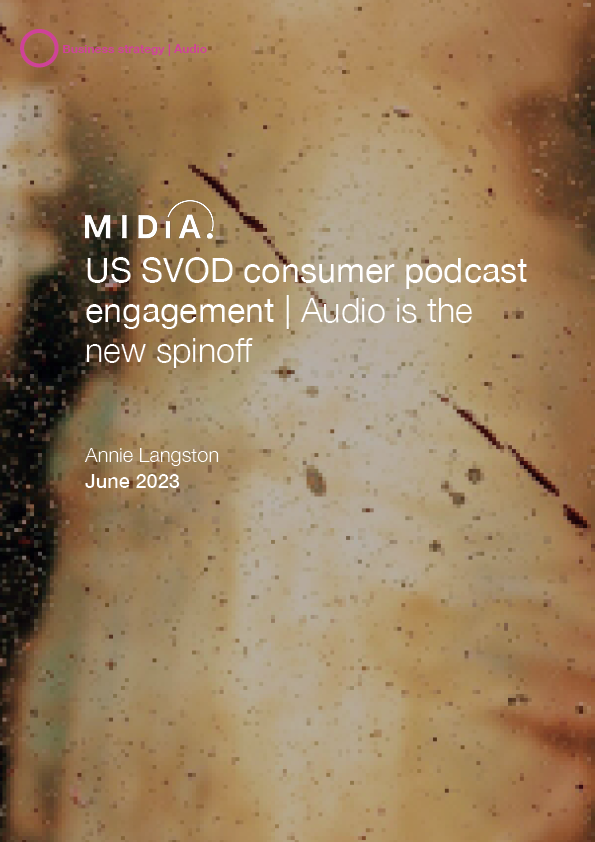
Reports: Amazon Prime Video
Browse all of our reports, featuring our analysts' expert insights and analysis of audience segmentation, emerging trends and technologies, value chains, market shares, predictions and more – backed by our proprietary survey data and bespoke models & forecasts. Become a subscriber to get new ones every month, or just pick one to get started.

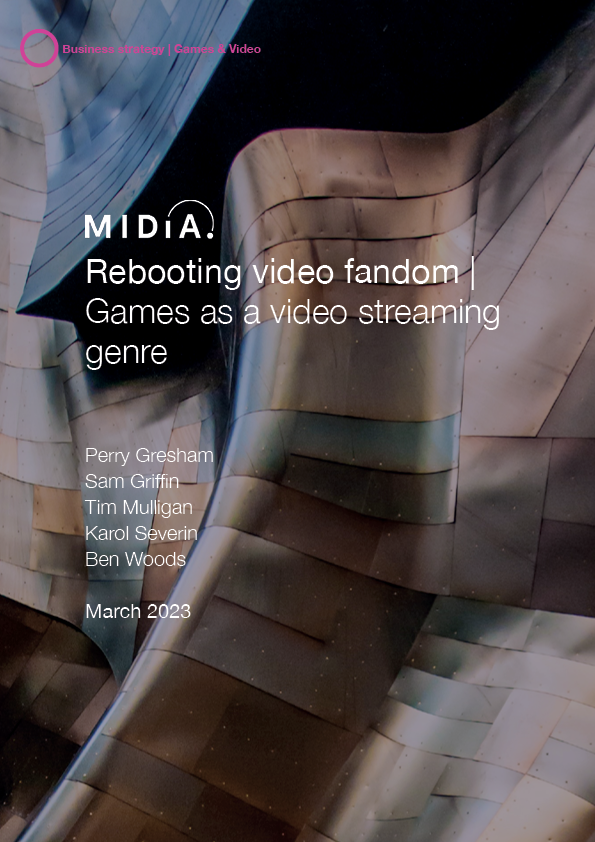
Rebooting video fandom Games as a video streaming genre

Watch parties Rebooting the watercooler moment
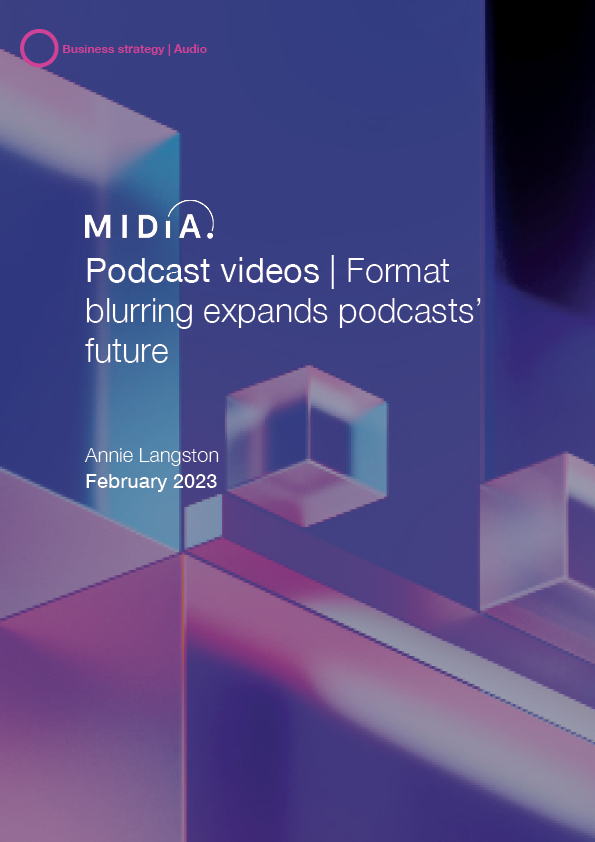
Podcast videos Format blurring expands podcasts’ future
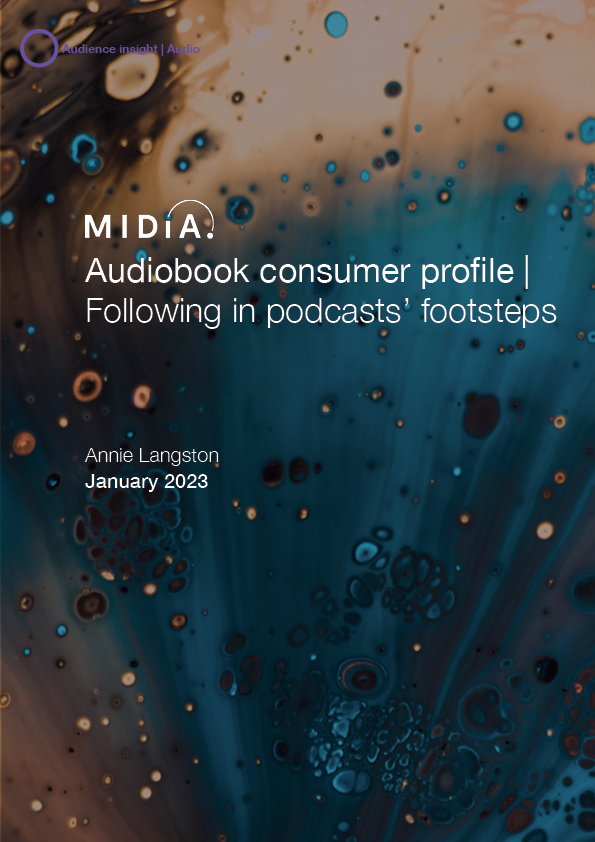
Audiobook consumer profile Following in podcasts’ footsteps
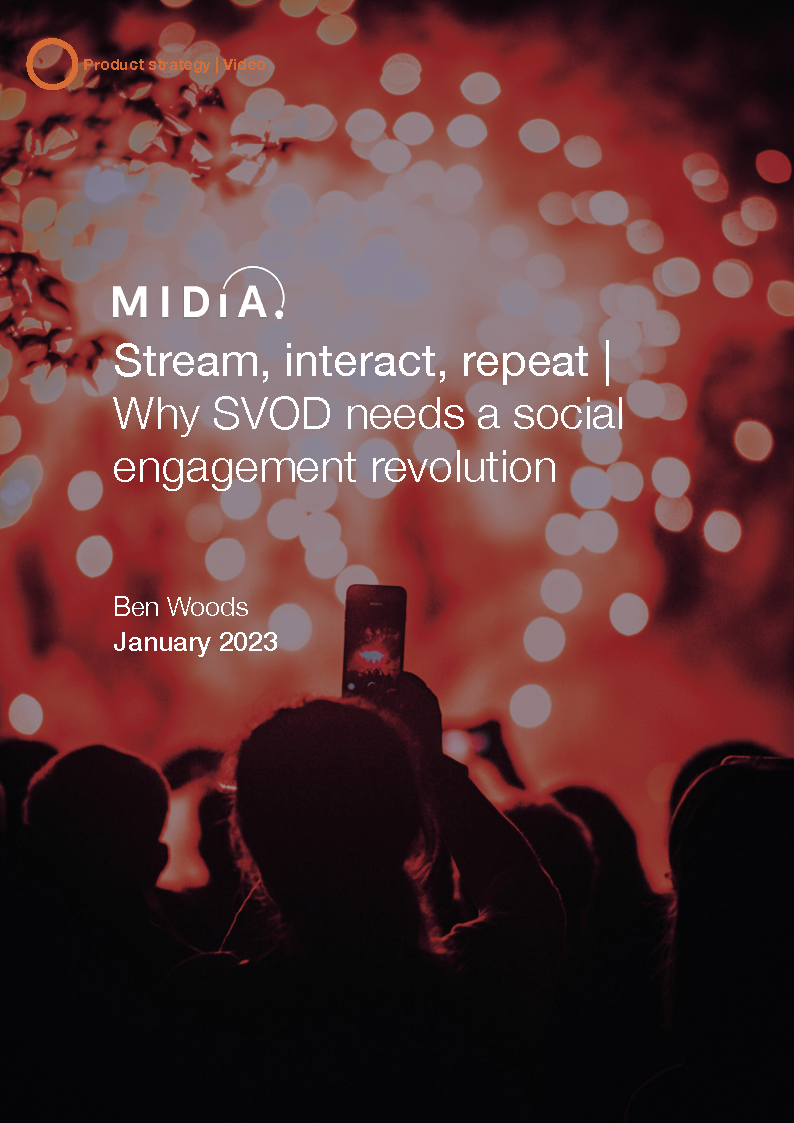
Stream, interact, repeat Why SVOD needs a social engagement revolution
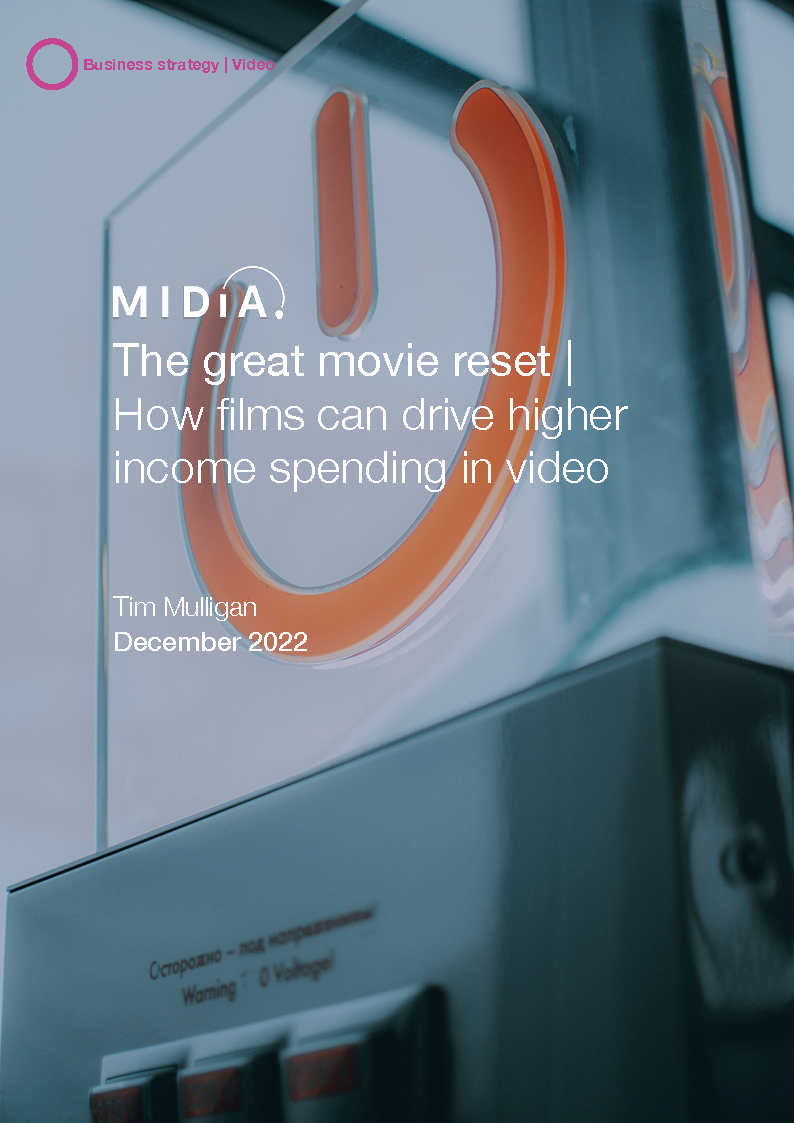
The great movie reset How films can drive higher income spending in video
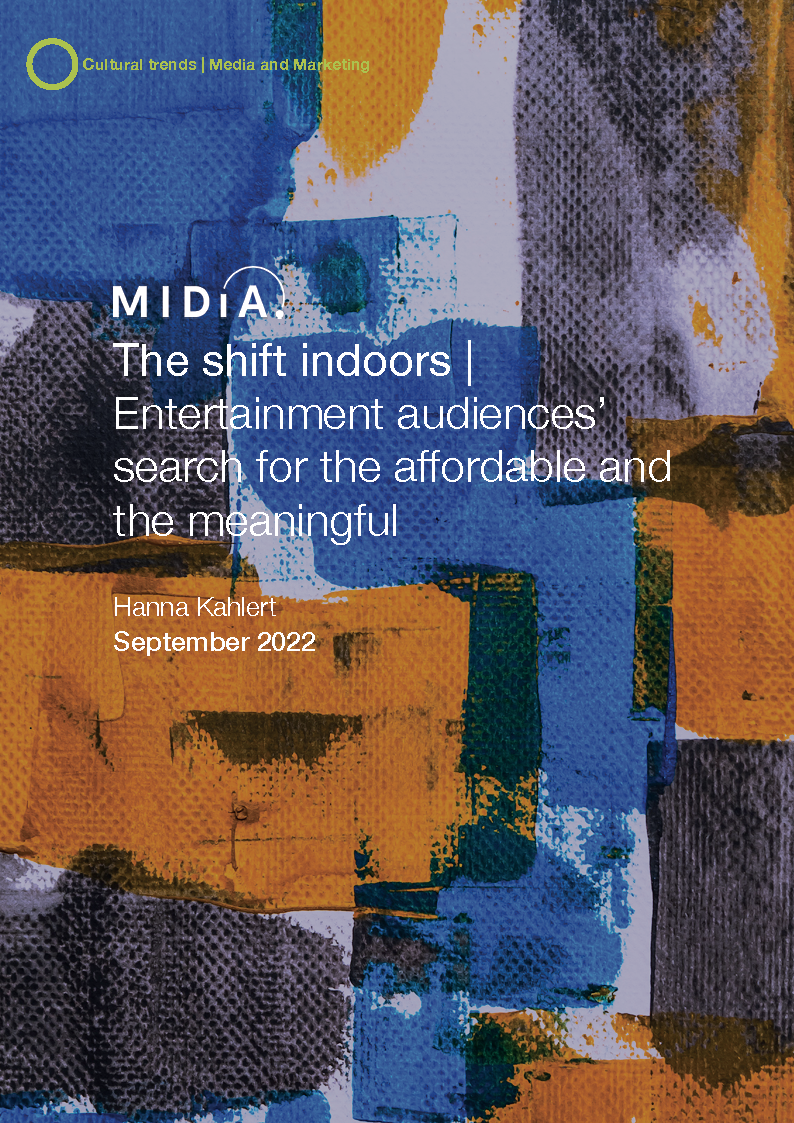
The shift indoors Entertainment audiences’ search for the affordable and the meaningful
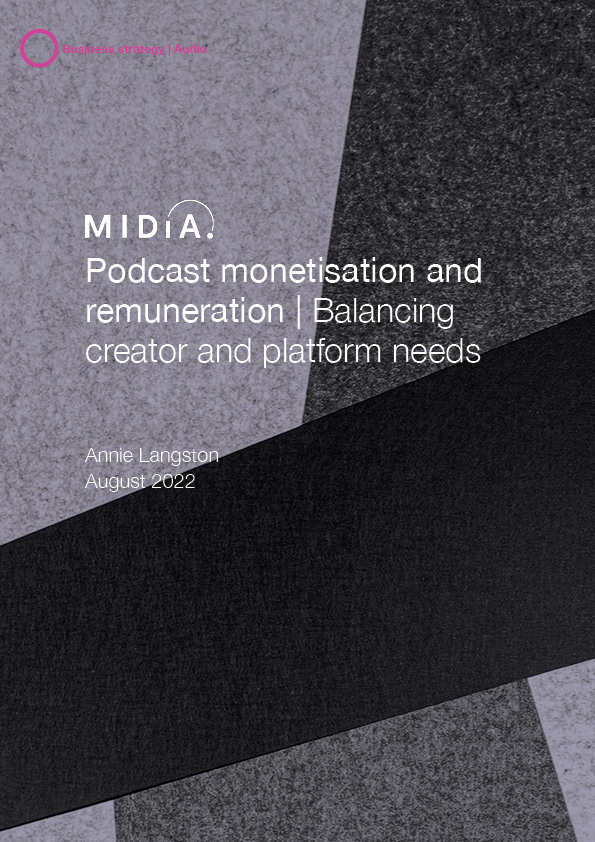
Podcast monetisation and remuneration Balancing creator and platform needs
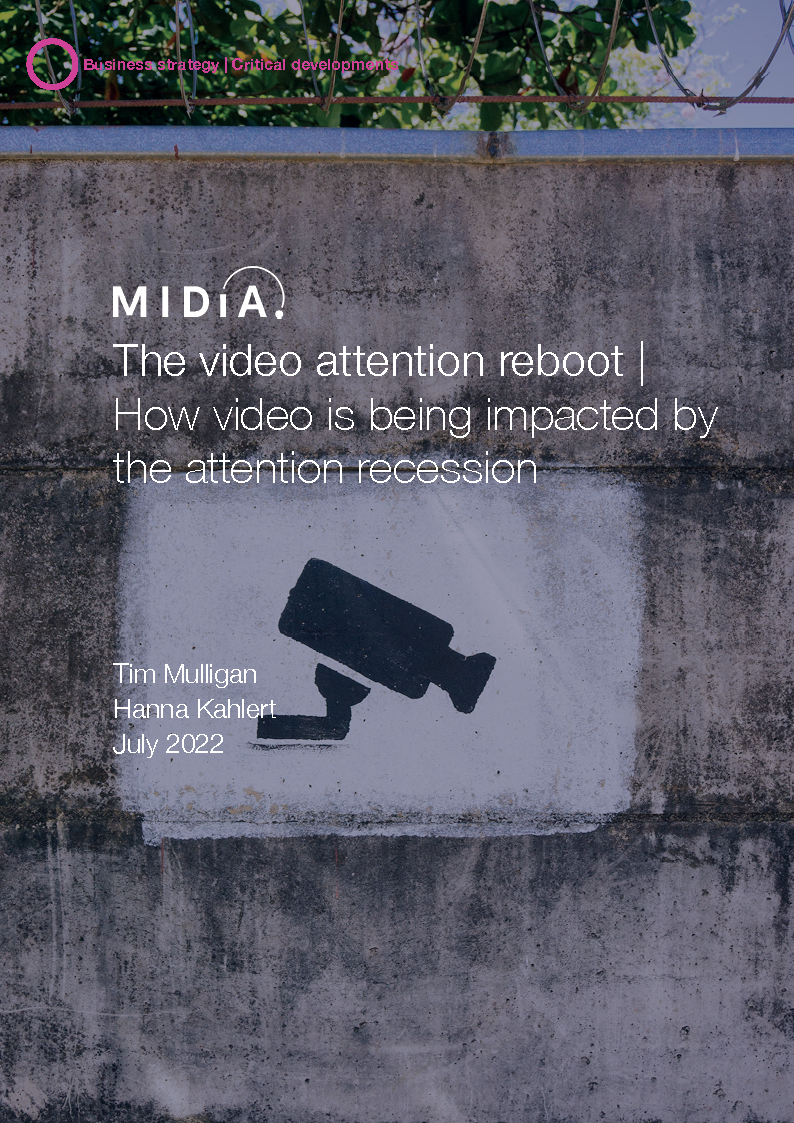
The video attention reboot How video is being impacted by the attention recession
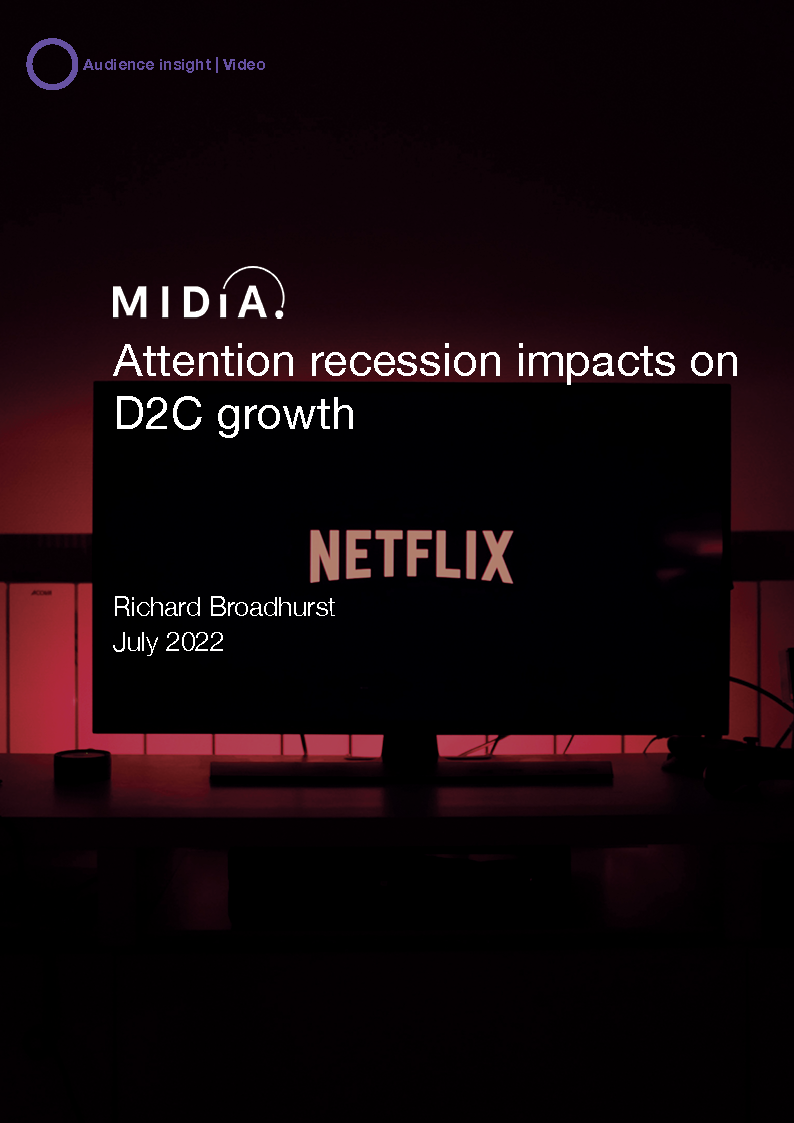
Attention recession impacts on D2C growth
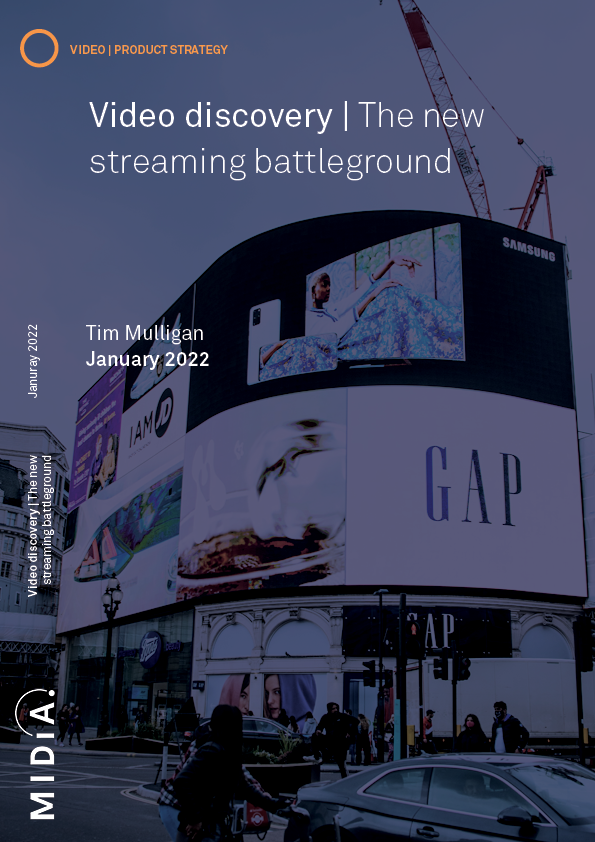
Video discovery The new streaming battleground
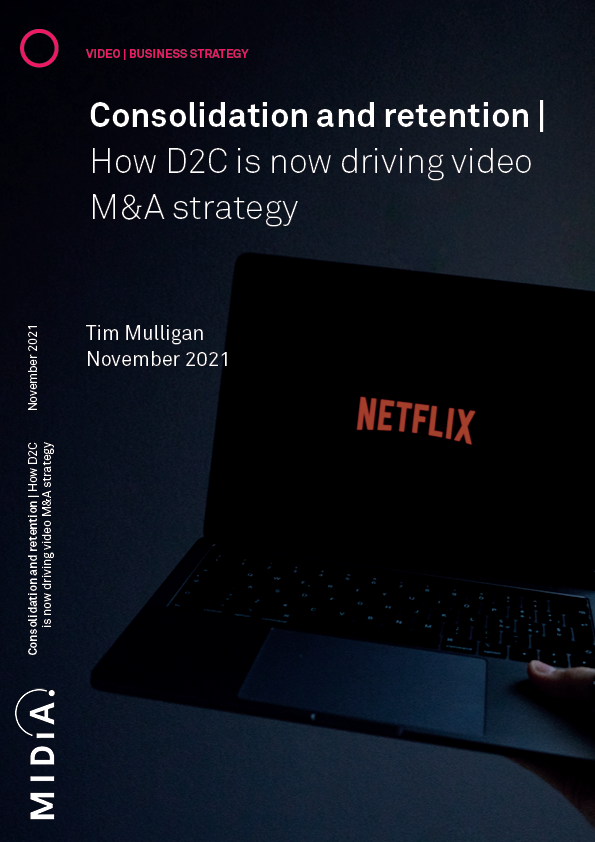
Consolidation and retention How D2C is now driving video M&A strategy
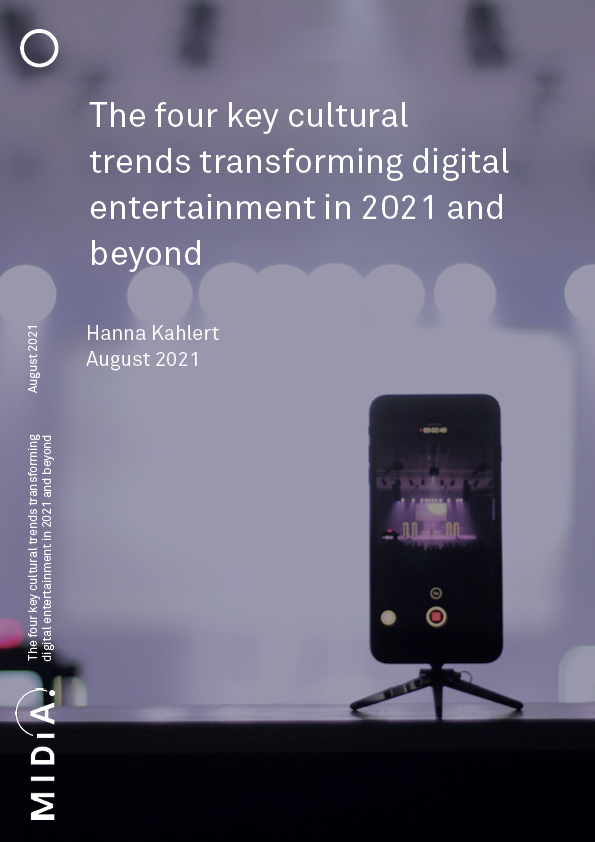
The four key cultural trends transforming digital entertainment in 2021 and beyond
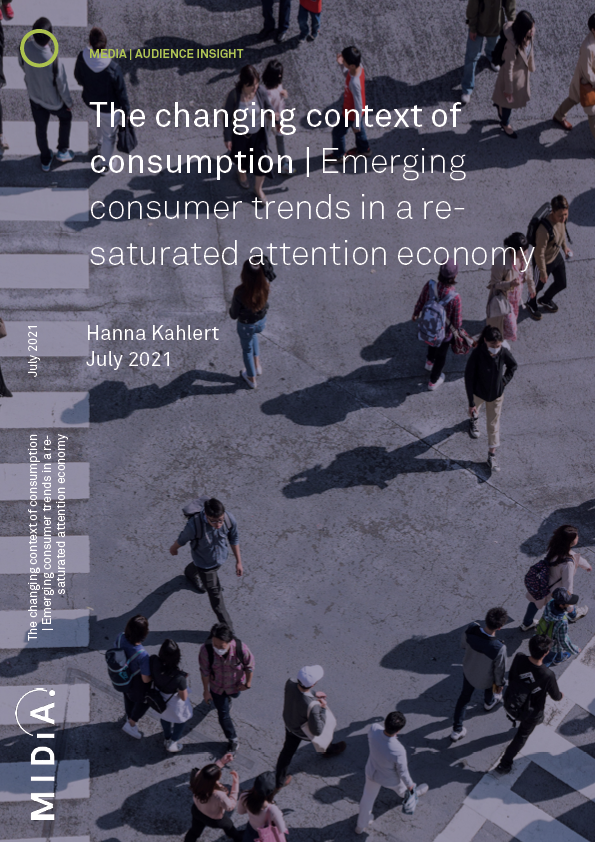
The changing context of consumption Emerging consumer trends in a re-saturated attention economy
